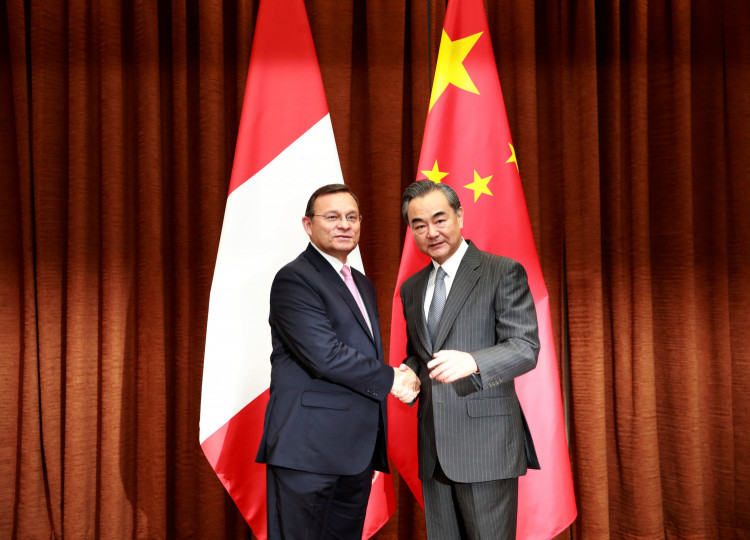The final draft of Peru's trade agreement with China, which is currently undergoing some revisions, is touted to see a 2020 completion date, around the time when current Peruvian President Martin Vizcarra finally leaves office, the Latin American nation's Trade Ministry confirmed on Tuesday.
According to Reuters, the new Peru-China trade accord should already be signed in 2021, which will also be the end of Vizcarra's presidential term.
The incumbent Peruvian head of state is currently in New York together with his official delegation to attend the 73rd United Nations, General Assembly.
In a statement given to the press, Vizcarra expressed optimism that the necessary modifications on the agreement should be implemented by then.
Negotiated Terms
The Peruvian Trade Ministry said that the existing agreement with China was under negotiation to exclude several sectors like textile, clothing, and shoe manufacturing in the country.
One of Lima's many concerns is that if their local products won't fare well against Chinese goods should the import tariffs be lowered.
Strategic Partnership
On August, Peru's Foreign Affairs Minister Nestor Popolizio said in an interview with Xinhua that establishing economic and trade partnership with China is one of the country's top priorities in its foreign policy.
According to the diplomat then visited Beijing, Peru looks to China as its key partner in the global trade, especially in the bustling Asia-Pacific regional market.
Popolizio's trip to China was aimed to review the terms in the aforementioned 2010 bilateral free trade agreement. The deal fell shortly after Trump took the office of the US presidency in November of 2016.
The American leader has been quite vocal then about other countries taking advantage of the US in terms of trade. Adding fuel to the fire was his administration's America First economic agenda which resulted in the upsurge of what is considered as backward idealism like global protectionism and unilateralism, as stated in this report.
In lieu of these looming threats from places like the United States, Peru turn to China to build a framework of economic and trade cooperation which will center in the development of infrastructure and connectivity in the LatAm country.
These projects, which Lima believed that China will be most interested to invest in, put the focus on several fields such as mining, energy, and manufacturing.
Popolizio, meanwhile, made mention of China's Belt and Road Initiative (BRI) which has been gaining interest in its strong drive to promote global development around the world with countries like Peru being included.






